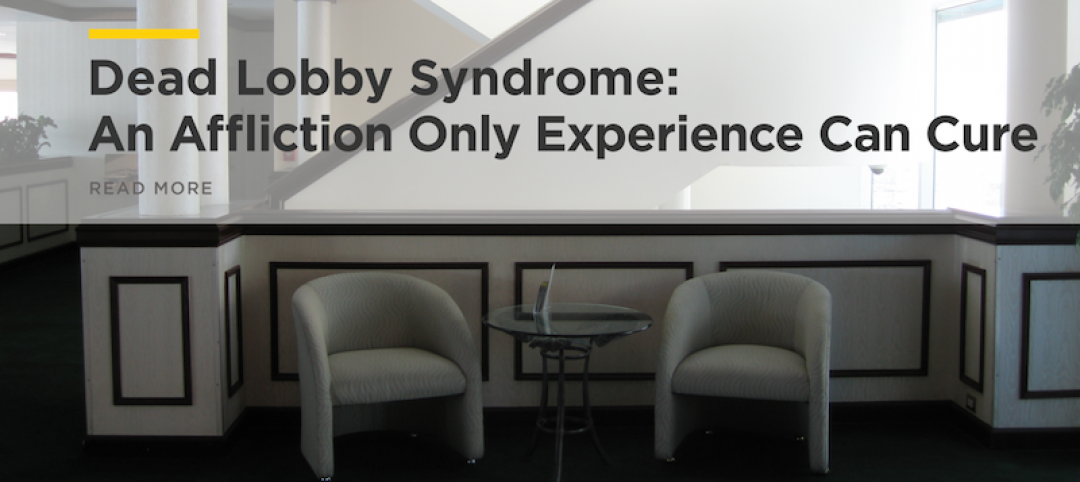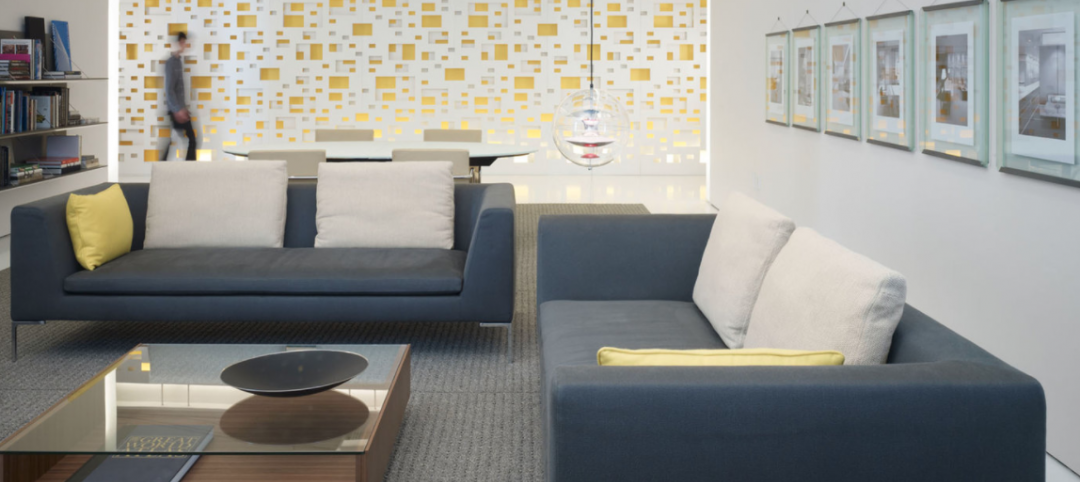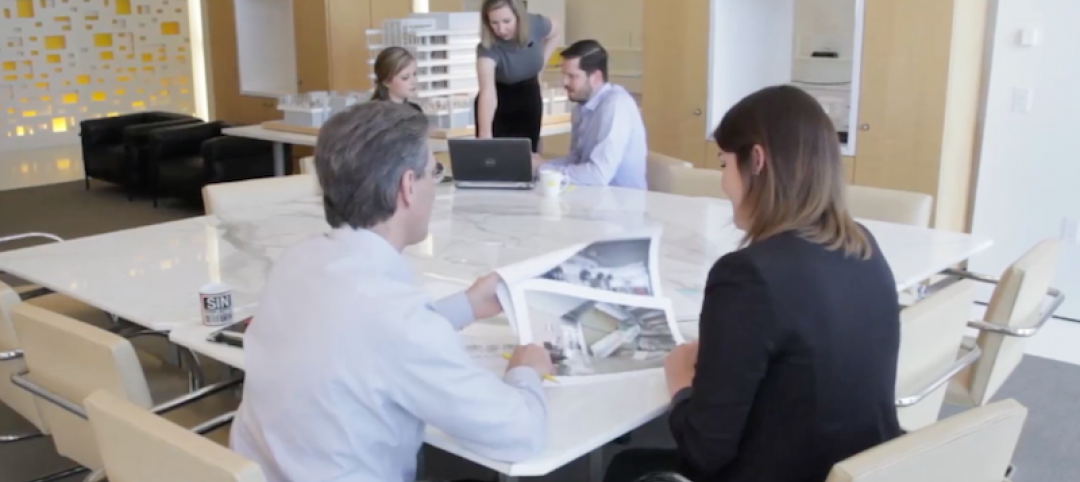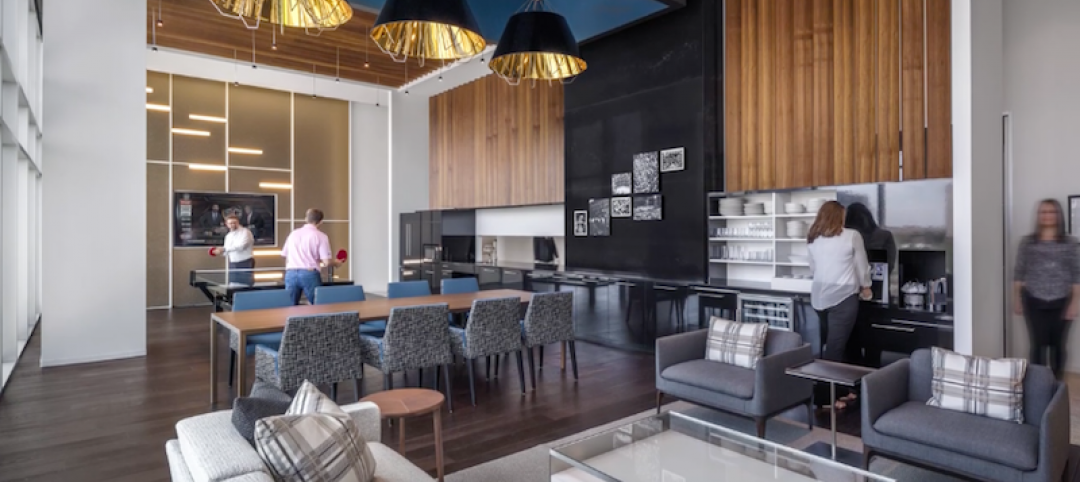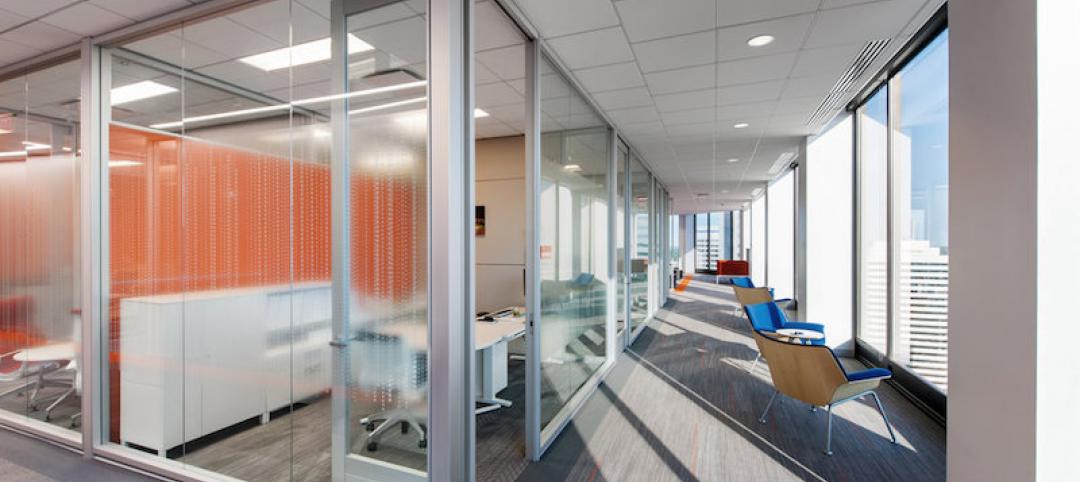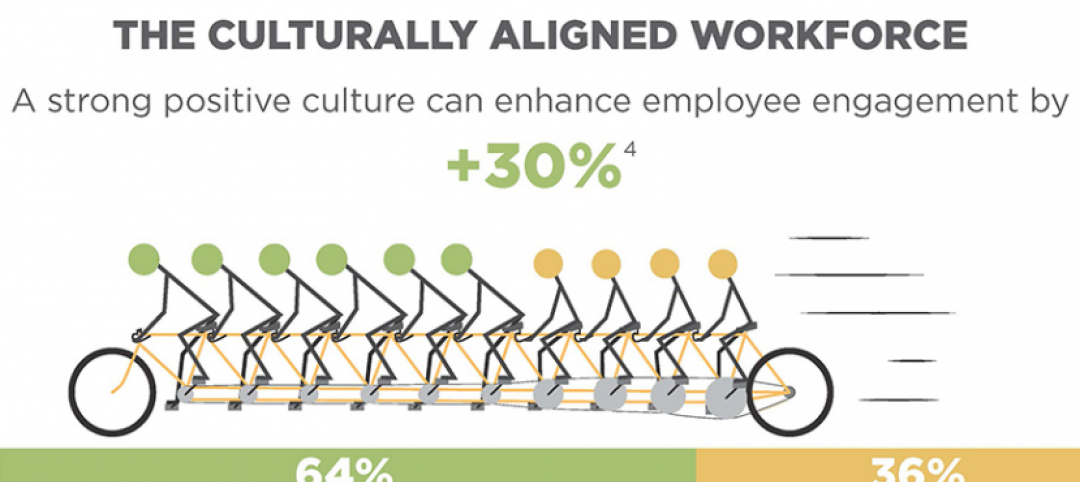Sensationalist noise abounds on “open offices.”
They decrease face-to-face conversation and increase email volume! They are loud and make it impossible to focus! They increase stress, sickness, sexism, and decrease security!
While it’s illogical to villainize a configuration of interior architecture with inanimate furniture, the volume of this topic warrants an assessment of intent, use, and impact of workplace components. How did the vision of the user-centered Action Office become sentenced to a sea of cubicles in Dilbert’s dungeon and then released into haphazardly packed benching desks?
What happened to responsible, empathetic design?
Before spiraling onto the next evolution in this path, let’s use the refreshed optimism of the new year and awareness of the power of place to define and address the open office.
While there are several interpretations of the open office definition, the Harvard studies on the unintended effects of open office defines it as space where “one entire floor was open, transparent and boundaryless… [with] assigned seats,” and the other had “similarly assigned seats in an open office design, with large rooms of desks and monitors and no dividers between people's desks.”
As workplace strategists and designers whose mantra is creating from the inside-out, we first seek to understand the end-user. How do their teams define success? What activities and norms enable success? For any open office occupants experiencing challenges, the workplace may not be in alignment with their work activities.
Supporting work activities requires three integrated workplace components:
— Physical environment: what you can see and touch from curb to desk
— Culture: values, beliefs, behaviors
— Tools, devices and processes: mechanisms that guide how work gets done
The intent of the Harvard study space adjustment was to increase the volume of face to face interaction. No information was provided regarding communication of this intent with participants or adjustment of cultural elements, tools, devices, or processes. The study concluded that “because the antecedents of human interaction at work go beyond proximity and visibility, the effects of open office architecture on collaboration are not as simple as previously thought.”
Altering the physical environment impacted behavior, but it did not fulfill desired behavior. All three workplace components must work together in support of desired behaviors to enable success. Often a key design flaw with assigning desks in an open office is the lack of choice and space variety for employees to best complete all activities needed for their team’s success. Face to face interaction is one of numerous behaviors that comprise success.
There are many ways to solve the workplace puzzle, and one approach doesn’t fit all. Does this mean there must be 27 space types to support 27 unique work activities? No, there does not need to be a space dedicated to reading Dilbert comics. One physical solution built with flexibility can be used in countless ways. A group with a goal to onboard new team members could intentionally assign seats to each employee based on learning opportunities. Once onboarded, they could dedicate a zone for coming together to collaborate and zones to break apart and focus on independent tasks. Space assignment, behavior norms, and technical infrastructure can dictate the success or failure of a solution.
For zones with fewer physical barriers, planning, design, and change management tactics can ensure a successful open office environment:
— Provide some degree of seated visual privacy to open individual spaces.
— Orient individual spaces and focus zones away from high traffic areas.
— Utilize furniture systems with partitions and orient monitors to serve as visual obstructions.
— Communicate the intent behind the workplace and each space type in achieving the organization’s purpose.
— Train employees on new ways of working in different space types. This engagement is essential to mitigate cognitive constraints imposed by fewer boundaries.
— Facilitate the group in crafting their own guidelines for adjusting behavior norms in new space types.
— Manage unwanted noise through careful application of acoustical design tactics.
— Reduce noise transmitting from the source in open areas with sound masking system.
— Make speech unintelligible outside closed collaboration spaces using high quality acoustical separation in the new environment.
More from Author
PDR | Feb 13, 2024
Creating thoughtful tech workplace design
It’s important for office design to be inspiring, but there are some practical principles that can be incorporated into the design of real-world tech workplaces to ensure they convey an exciting, sophisticated allure that accommodates progressive thinking and inventiveness.
PDR | Oct 16, 2018
Dead lobby syndrome: An affliction only experience can cure
The competition for great tenants has rarely been as fierce as it is today.
PDR | Jan 25, 2018
Four keys to designing autistic-friendly spaces
Autism, in part, gave us modern architecture, writes PDR’s Julie Troung.
PDR | Jul 26, 2017
Meeting space leads to innovation
PDR Principal Larry Lander explains how to design for workplaces where four generations are working together.
PDR | Jul 25, 2017
Managing workplace change: The three C's to building trust
Building trust takes time and consistency, and is typically much easier to break than build.
PDR | Feb 28, 2017
Workplace wellbeing
Organizations are starting to realize that there are benefits to addressing employee wellbeing.
PDR | Dec 6, 2016
Workplace pilots: Test. Learn. Build
Differentiated from mock-ups or beta sites, workplace pilots are small scale built work environments, where an organization’s employees permanently reside and work on a daily basis.
PDR | Oct 4, 2016
Video blog: How to future-proof your workplace
Larry Lander, a Principal with PDR and a registered architect, discusses how modularity can improve a workplace for the business and the individual.
PDR | Sep 8, 2016
Video blog: Top color trends for 2016
Karen Wetmore, Lead Designer at PDR, talks about what’s trending with materials and colors in the workplace.
PDR | Jul 29, 2016
The ROI of company culture: Why companies should look at culture’s impact on profit
Organizations that purposefully craft and develop their culture experience a 14% turnover rate, whereas organizations that ignore their culture experience a 48% turnover rate, writes PDR Senior Consultant Christine Mikhail.



